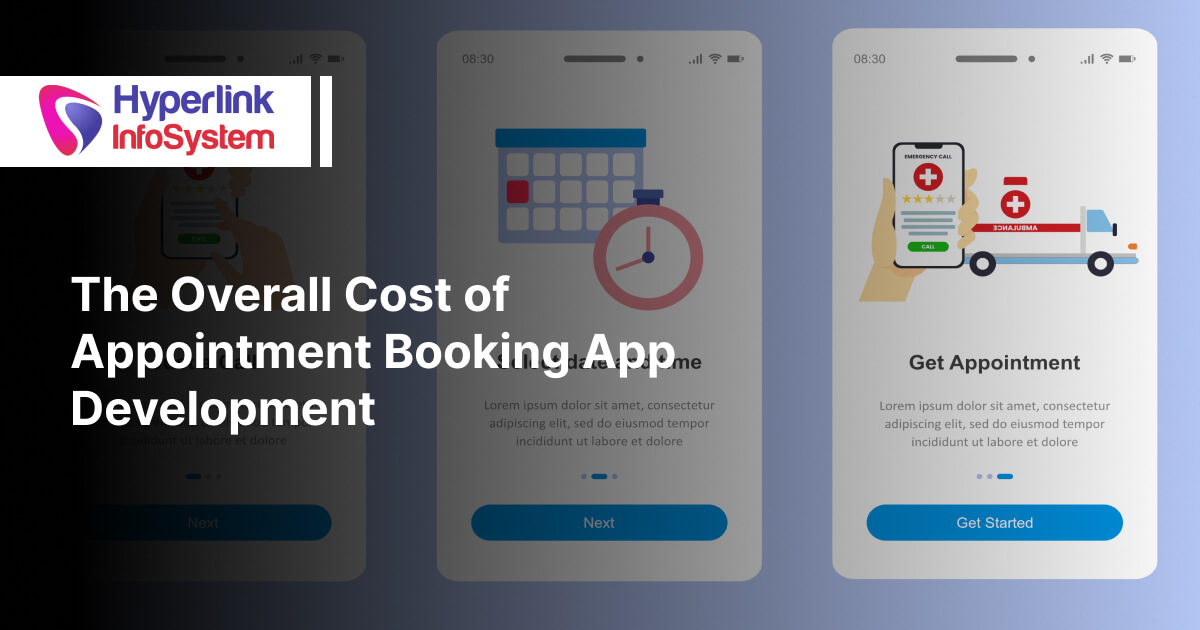Our project management solutions go hand in hand with modern practices, such as collective intelligence and emerging structures that empower agile project management.
Traditional project management involves a project manager who acts as a go-between for all project-related communications, reducing their productivity and therefore limiting the effectiveness of the rest of the project team. The new wave of project management tools such as those developed by Hyperlink InfoSystem emphasizes collaboration and makes teams much more productive. Our applications go hand in hand with modern practices, such as collective intelligence and emerging structures that empower agile project management. These practices and tools are now used by successful teams ranging from two people to thousands of people. They are not only useful in managing distributed teams in today's global environment, but also capable of handling a large number of routine operations.
Traditionally, a project manager is the main link in all communications related to the project, this directly influences the efficiency of the team, as well as the manager's own productivity. Today, many companies still use spreadsheets or traditional project management applications to keep track of their projects. E-mail, text documents, and spreadsheets are still very popular, despite their many flaws.
Traditional project management solutions are not focused on collaboration, they were mostly designed with a top-down approach and are not suitable for open collaboration. These tools focus on the project manager and make him the central element of project communications, first he has to get the facts from team members through meetings and emails, then put them in a file and communicate the plan of the project to senior management and clients. The process is repeated every time something changes. The project manager should also play the role of an alarm clock, reminding team members of their deadlines and to-dos. The whole process takes a lot of time and effort, and the result is a heavy burden for the project manager.
New technologies enable a new approach to project management that is characterized by a dramatic shift towards collaboration as the heart of project management. Hyperlink InfoSystem project management solutions take care of the routine part of a project manager's job: reminding team members about deadlines, consolidating status updates into a single plan, and communicating changes. They also allow collaboration between members and share information easily. The role of the project manager is changing; you are becoming the project visionary, rather than a task manager, getting more room to be a project leader.
Here Are The Main Benefits of This New Approach:
1. Facilitate Collaboration
One of the main limitations associated with traditional project management software was its complexity, traditional tools have hundreds of functions that take time to master. The adoption of traditional software is often associated with a heavy commitment of employee time and training costs. In contrast, modern project management tools are lighter and easier to use, providing an opportunity to start collaborating immediately, without delays for learning or extensive initial setup.
2. Get The Whole Picture
Having the complete vision of what is happening in the organization is vital for the alignment of the internal resources of the company with the demands of the changes in the environment. The advancement of a project can affect the billing schedule and impact financial plans, or affect new launches, which in turn impact marketing campaigns and sales plans. Having the applications integrated makes it easier to achieve a complete image of the business, helping to make a better choice of the allocation of internal resources when there is a need to react appropriately to changes in the business environment.
3. Increase Productivity
With the new tools, project managers save hours in routine operations related to aggregating information from e-mails and meetings, and to keep status updated. Reporting is simplified at all levels, since a part can be easily obtained through the collaborative workspace. Modern project management applications give each team member the opportunity to keep abreast of changes in the project avoiding unnecessary meetings, e-mails and phone calls. Collaboration accelerates and becomes more productive, facilitating faster project delivery as well as return on investment.
The Cost Required in The Development of Mobile App
The costs for app development cannot be determined as a flat rate. You cannot call up a flat rate for an app. No app is the same as the other and even if apps appear similar at first glance, the costs can be extremely different.
Some Definitely Incurred Costs:
- The workload of the developer per hour
- Developer account at Apple
- Developer account with Google
- Percentage fee to Apple / Google
- Server / hosting costs vary depending on the need and cannot be determined across the board
Costs That Depend On The Type of App:
- Simple apps that only run locally on the smart phone (calculator, flashlight, household book etc.)
- Apps that retrieve information from a server (news apps, weather apps, information apps with dynamic content etc.)
- Apps that retrieve information from a server and send information to a server (messenger apps, social media apps without login etc.)
- Apps that retrieve information from a server and send information to a server including login (social media apps with login etc.)
- Complex apps that require a login and retrieve a lot of information from servers (online shops, flight bookings etc.)
- Apps with complex 3D elements (games, 3D editing programs, video editing programs etc.)
 +1 309 791 4105
+1 309 791 4105















































 +91 8000 161161
+91 8000 161161
